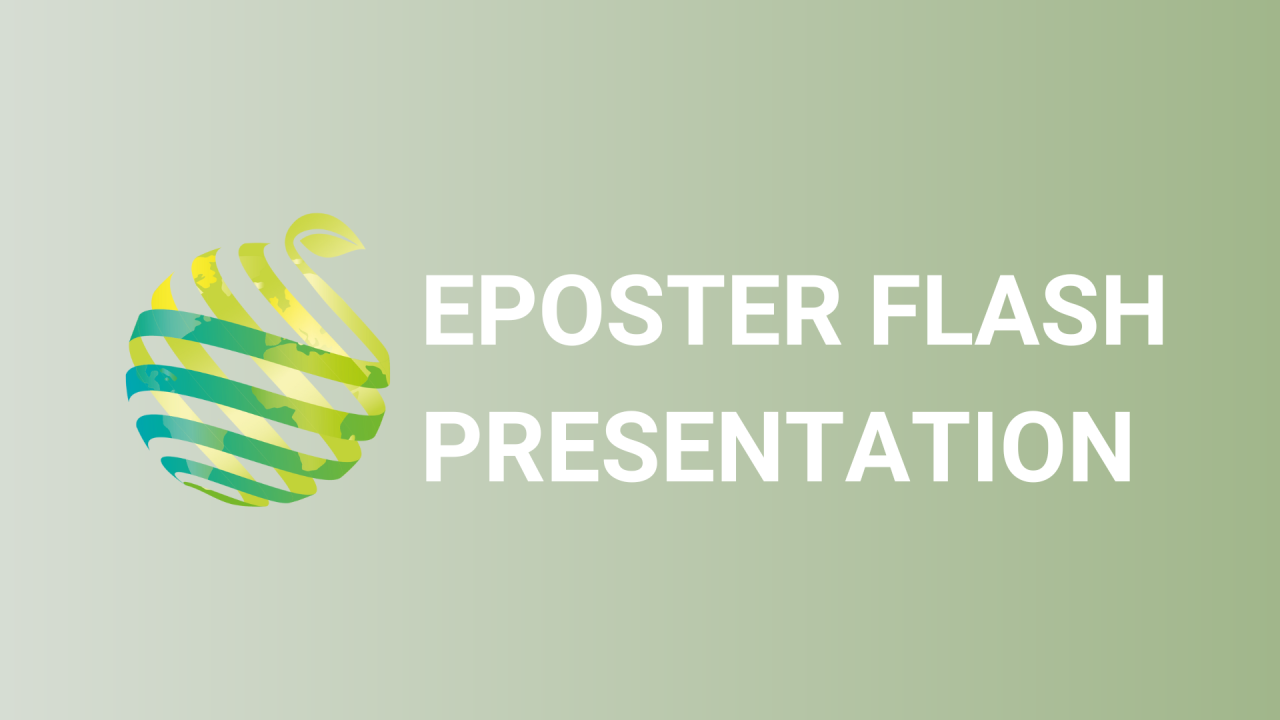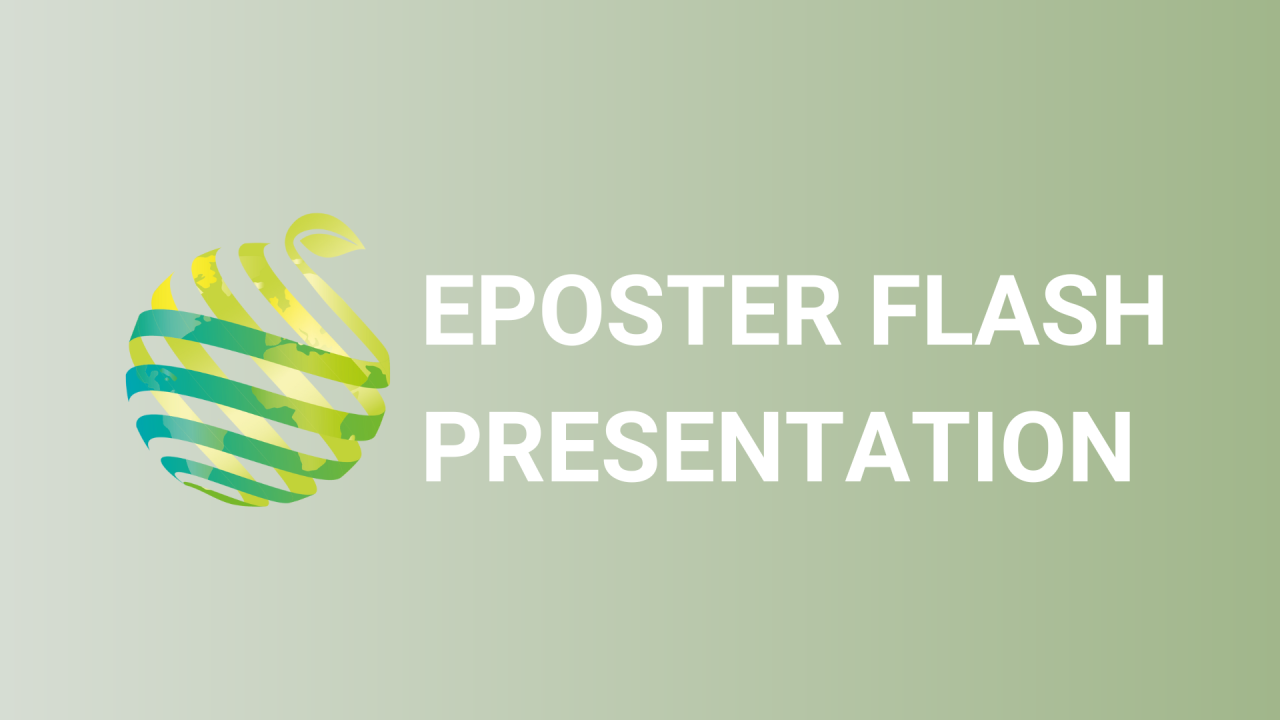

S16 - Session P1 - The influence of cultivation technologies on half-highbush blueberry (Vaccinium × atlanticum syn. V. corymbosum × V. angustifolium) yield
Information
Authors: Leila Mainla *, Angela Koort, Kadri Karp, Mariana Maante-Kuljus, Ulvi Moor, Priit Pldma
During the past two decades, blueberry cultivation has become an important sector in horticultural industry in Estonia. Common cultivation method is planting blueberries in open field into mineral soil mixed with peat and covered with plastic mulch. Problematic issues are spring frost damages and shoots not ending their growth in autumn, which reduces their winter hardiness. We hypothesized that growing blueberries in high plastic tunnel can reduce weather related risks. The aim of the study was to find out the influence of different cultivation technologies on half-highbush blueberry 'Northblue' ( Vaccinium × atlanticum syn. V. corymbosum × V. angustifolium ) yield. In open field experimental plantation, bark and fabric mulch was used, whereas in high plastic tunnel, only bark mulch was used. In high plastic tunnel, in one treatment mycorrhiza (Rhodovit®- contains liquid ericoid mycorrhiza) was added during planting. In all cultivation treatments, plants were planted in mineral soil mixed with peat and fertilized through drip irrigation. The experimental sites were established in 2018. In 2021, no significant spring frost damages occurred, but the summer was exceptionally warm and had a significant impact on plant growth . Leaf SPAD values ranged from 39 to 42 and were not significantly influenced by the cultivation technologies. The anthocyanin content in berries was significantly influenced by the cultivation technologies causing significantly higher content in berries grown in high plastic tunnel. No significant differences in anthocyanin content between other treatments were observed. Cultivation technologies had a significant influence on average yield per plant, which ranged from 50 to 1039 g/plant. The highest yield was obtained in open field and bark mulch treatment. Blueberry yield was harvested only three times because at the end of harvesting period the berries were too small in all treatments.